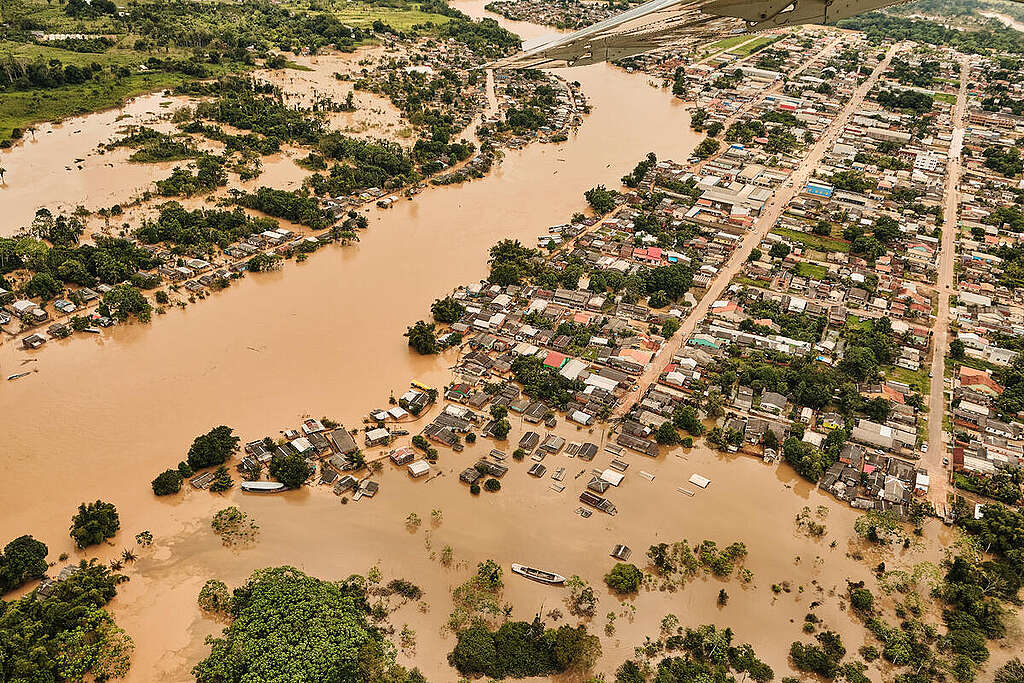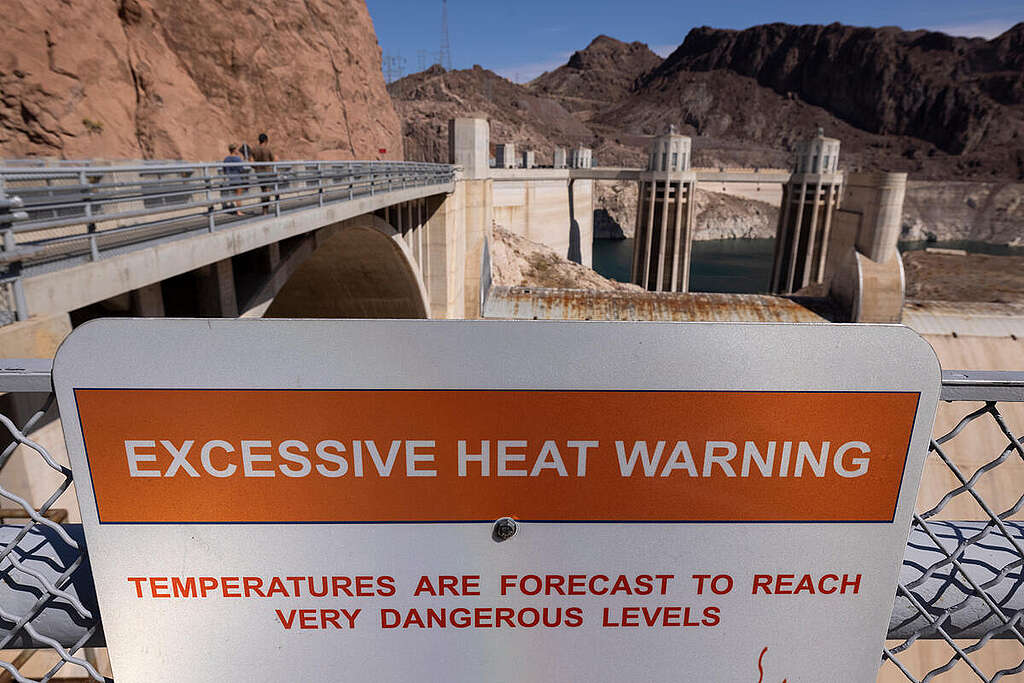
In the first week of June 2024, searing heat in 80 countries broke temperature records – either monthly or for all time. Heatwaves scorched the US, the Mediterranean, Southern Europe, North Africa, Asia and the Middle East. Aswan in Egypt hit 50.9°C – an all time record – on the 7th June.
Record-breaking heat is not just uncomfortable. Like fires and floods, it is deadly.
Weather events such as these are becoming more extreme, turbocharged by the dirty business of the fossil fuel industry. They hit us stronger and faster than before. They set a grim picture for future generations, as extreme weather contributes to the spread of disease, increased death rates, astronomical financial costs, disruption in agriculture and food supplies, displacement of people, and exacerbation of inequality.
Extreme weather events serve as a stark warning; they profoundly disrupt life as we know it, leaving impacted communities to bravely handle the aftermath. And in more ways that we might think.
1. In 2023 the world experienced over 120 extreme weather events, costing US$ 301 billion
Typhoon Doksuri was reportedly the costliest EWE of the year, costing a staggering US$ 18.5 billion and leaving a trail of destruction across Taiwan and the Philippines before rampaging Mainland China. In September 2023, Storm Daniel caused devastating losses across Greece and Libya to the tune of US$ 10 billion and, according to Yale University, it has been Africa's deadliest storm in recorded history. A month later, Hurricane Otis ravaged Acapulco, Mexico, costing a shocking US$ 15 billion in damages.
2. Deepening inequalities: affected communities pay while fossil fuel companies profit
BP, Shell, Exxon, Total and ENI among others, are turbo-charging the climate crisis with fossil fuel emissions that drive extreme weather events, hitting poorer communities that aren't as well-equipped to handle the aftermath.
Yet, these companies have barely contributed to loss and damage finance efforts that could fund recovery initiatives. Such companies pay nothing for the consequences of climate chaos, all while fuelling climate change disinformation.
According to the insurance giant Gallagher, uninsured climate loss and damage costs hit a staggering US$ 185 billion in 2023. The same year, the world's five largest oil and gas companies – ExxonMobil, Chevron, Shell, TotalEnergies and BP – reportedly handed out a record US$ 113.8 billion to their shareholders. This is the biggest payout to shareholders from oil and gas majors ever, and it happened during the hottest year on record.
Activists, farmers, and Indigenous peoples have filed over 30 climate damages cases against international oil companies to hold them accountable for their role in driving climate chaos. But without the resources to rebuild, poverty and inequality become the uninvited guests that refuse to leave.
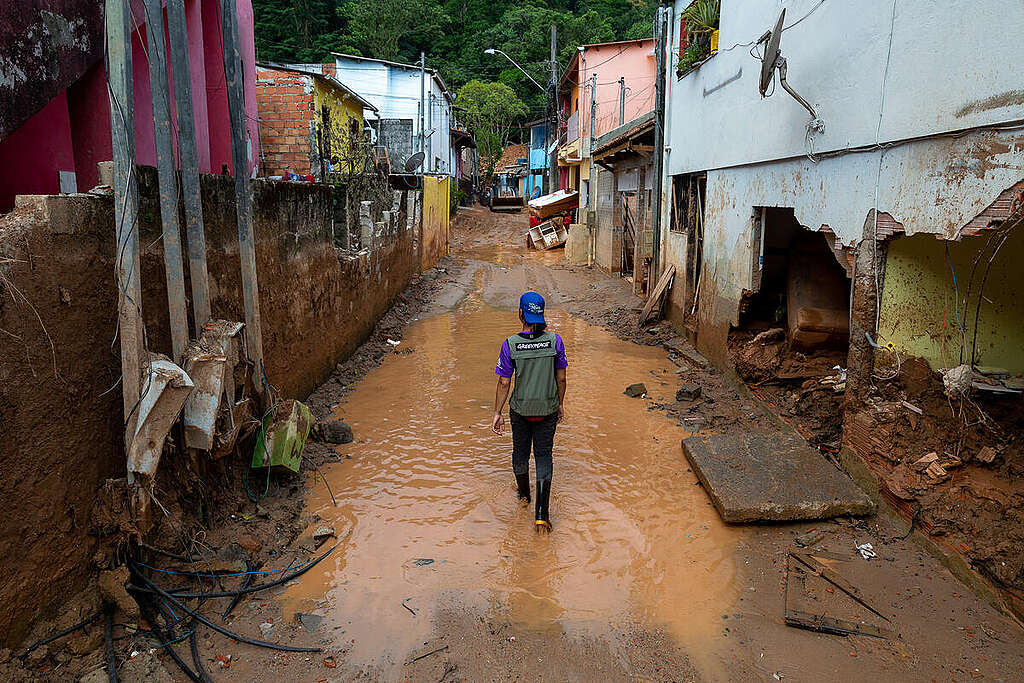
3. Extreme weather is a major driver of communicable diseases and malnutrition
Extreme weather events limit access to clean drinkable water and clean food, driving undernutrition, malaria, and diarrhoea. According to the World Health Organisation, between 2030 and 2050, climate change is projected to cause 250,000 additional deaths per year in areas with weak health infrastructure - mostly in low and middle-income countries.
4. Extreme weather is a top threat for food supplies in 2024
Floods, droughts, and heatwaves drastically impact agriculture, leading to food shortages and price surges. Everstream Analytics' annual report states that extreme weather events are the top risk to supply chains in 2024, with a 100% risk score attached to potential supply chain disruptions due to severe weather. This warning follows a year marked by weather-induced supply chain interruptions, including crop failures, storm damage, and shipping delays.
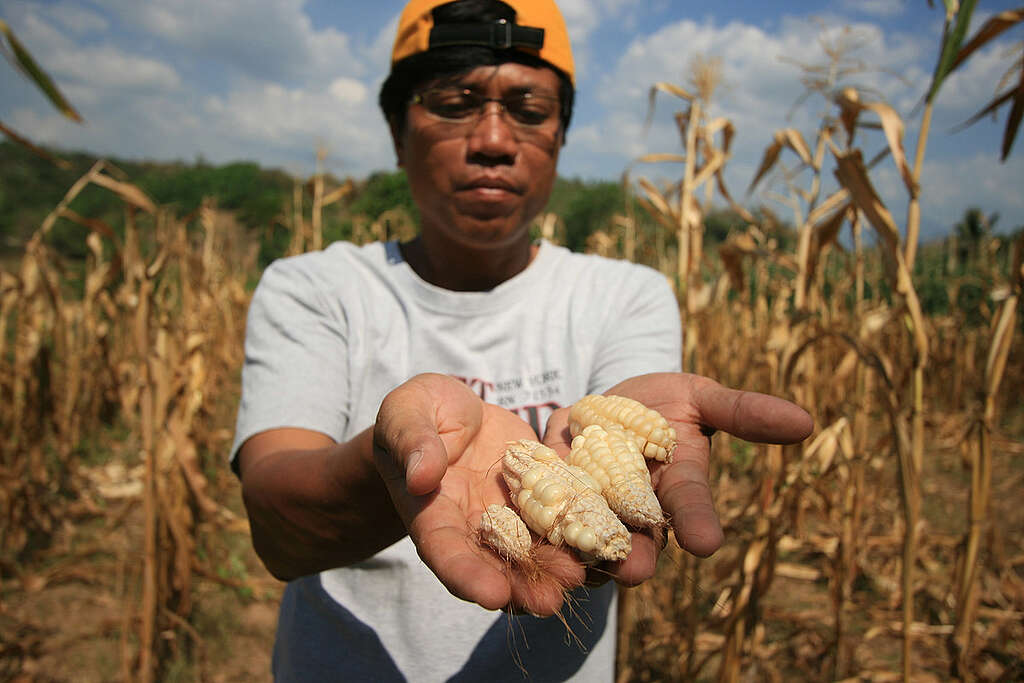
The mobile Water Watch station of Greenpeace found rice fields in North & Central Luzon either totally dry because of the drought brought about by the intense El Niño, or, like this one, grow stalks that would not be able to yield grain. © Alex Baluyut / Greenpeace
5. Over 20 million people are displaced each year due to extreme weather events
Climate change leads to a rise in people being displaced, many of whom face difficulties finding new homes and livelihoods. With an estimated 1.7°C of global warming by 2050, 17-40 million people could migrate internally in sub-Saharan Africa, increasing to 56-86 million for 2.5°C according to the IPCC. According to UNHCR, between 2008 and 2016, an annual average of 21.5 million people were forcibly displaced each year by floods, storms, wildfires and extreme temperatures. The Institute for Economics and Peace predicts that displacements due to climate threats could surge to 1.2 billion by 2050.
6. Extreme weather is accelerating the rate of extinction
Ecosystems, particularly in biodiversity hotspots in the oceans, coastal regions, and other precious habitats, are at significant risk of climate disaster. Deforestation, draining and burning of peatlands and tropical forests, and thawing of Arctic permafrost have turned certain areas from carbon sinks to carbon sources. Additionally, damage from forest insect pests is increasing in severity. According to WWF, the rate of extinction of critically endangered species is accelerating, up to 1,000 to 10,000 times faster than the natural rate.
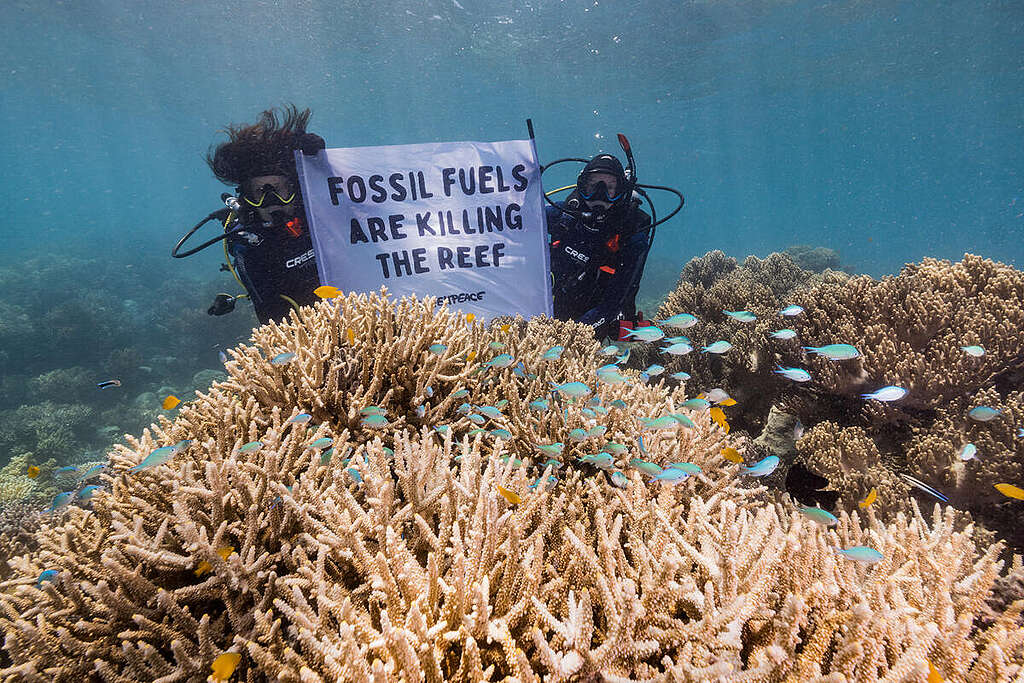
What can you do?
Together, we can end the era of greedy international oil companies squeezing the earth for all its resources, and get back on track to meet the goals set out in the Paris climate agreement. If you want Big Oil to stop drilling and start paying for the destruction they cause, sign the petition.
It's time to make the polluters pay. Sign now to hold the oil and gas corporations accountable, and support a safe and fair future for all.
Thandile Chinyavanhu is a Stop Drilling Start Paying Global Campaigner with Greenpeace International based in Johannesburg, South Africa.

